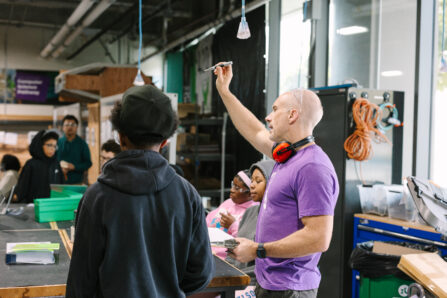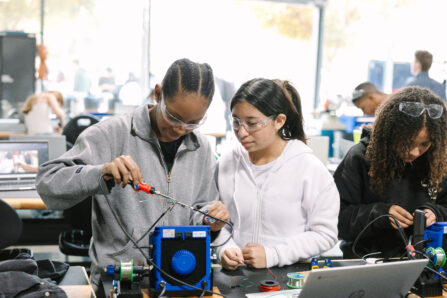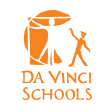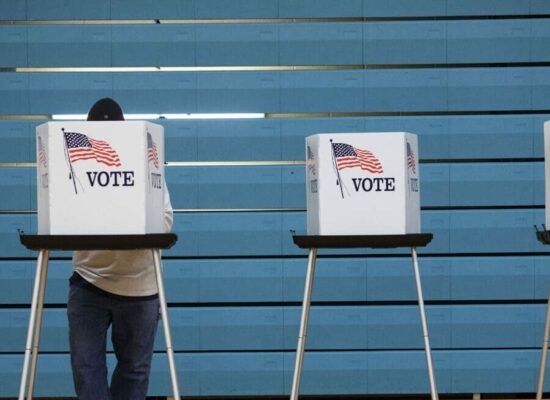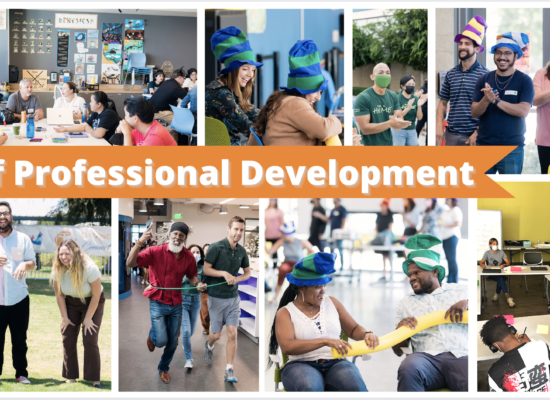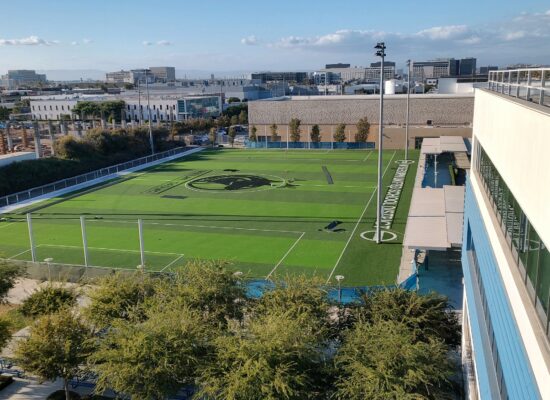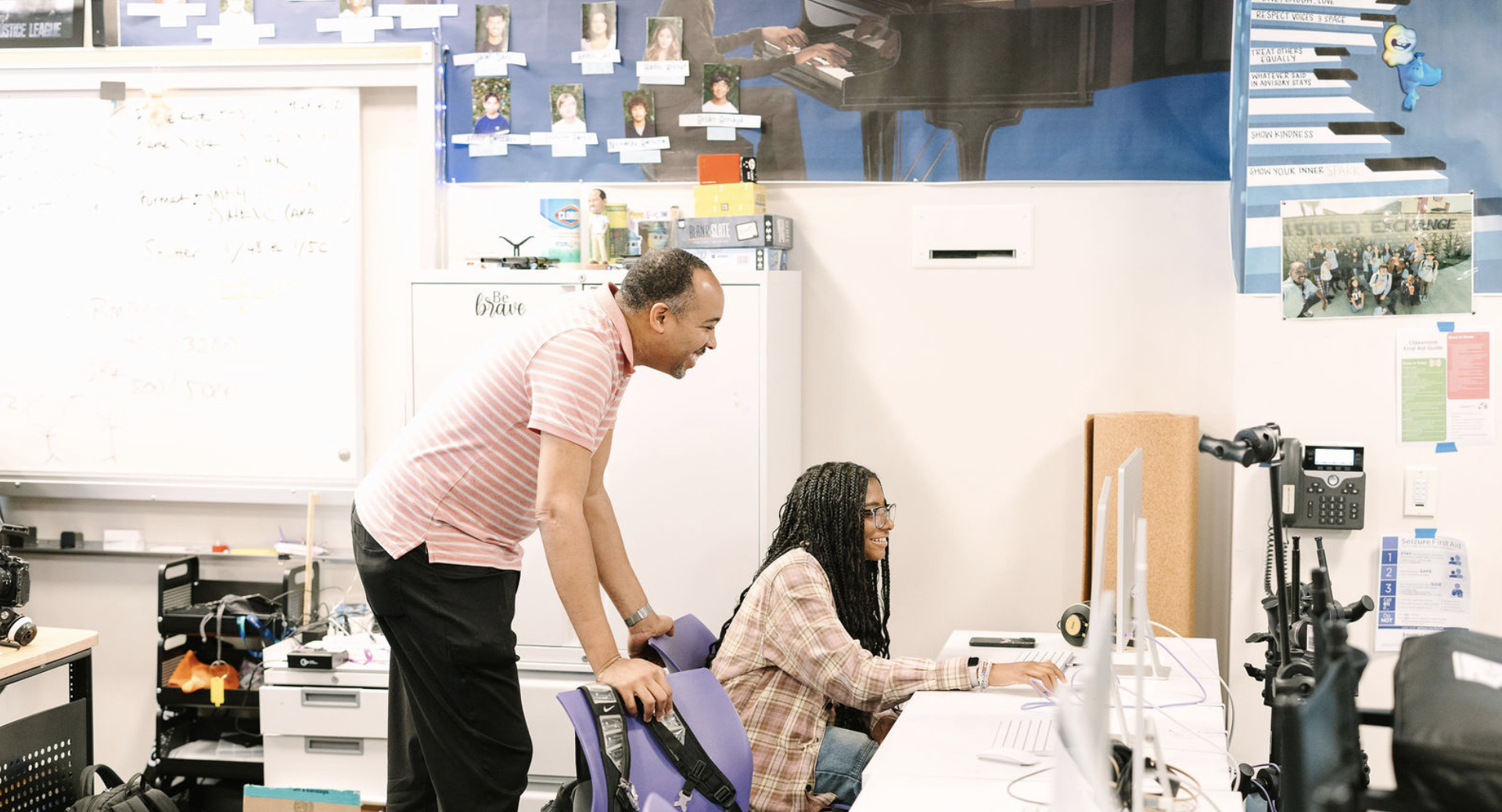
Building Excellence: Strategic Initiatives for the 2025–26 School Year
For the 2025–26 school year, Da Vinci Schools is building on a bold vision: advancing initiatives that elevate academic excellence, nurture student well-being, and spark innovative learning—while deepening collaboration across all our schools. In upcoming newsletters, we’ll explore these initiatives and more in greater detail, highlighting the exciting ways they’re coming to life across our schools.
Cross-School Collaboration
We are strengthening collaboration and continuity across all school sites to share best practices, support common needs, and create cohesive learning experiences for all students. Leaders and administrators align regularly through monthly principal, assistant principal, and leadership team meetings, as well as department and professional development sessions. Insights gained are brought back to individual schools, ensuring alignment and impact across the organization. Some focus areas for this school year include math alignment to ensure consistency across grade levels, courses and schools; dual enrollment; and integrating real world applications into curriculum.
Data-Driven Practices
We are advancing student achievement through data-driven practices that provide a clearer, more comprehensive view of learning across our schools. By strengthening data collection and analysis, and leveraging a unified data hub, we are making informed decisions that directly support teaching and learning. Key priorities this year include improving math and literacy outcomes, aligning Mastery-Based Learning & Grading practices across schools, and launching Digital Work Portfolios that empower students to showcase their learning and growth for internships, college applications, career opportunities, and beyond.
College & Career Readiness
Da Vinci is expanding learning opportunities and strengthening college and career readiness through initiatives such as dual enrollment collaborations with El Camino College, Arizona State University, Embry-Riddle Aeronautical University, and Southern New Hampshire University (SNHU).
This year, students benefit from:
- Expanded dual enrollment opportunities - now offered in 8 career pathways, an increase from 2 last year. Connect High now offers 7 Arizona State University dual enrollment courses, an increase from 6 last year.
- Professional certifications - across all 15 career pathways, including Autodesk Fusion CAD (Civil Engineering), Drone Pilot (Aviation), Google Cybersecurity (Computer Science), Google Project Management (Entrepreneurship), Da Vinci Resolve (Media Production), OSHA 10 (Architecture and Fine Arts), Hub Spot Digital Marketing (Marketing), and more.
- New Work Experience class - students develop professional and workplace skills (resume building, business communication, mapping a career plan) in the first semester and will participate in offsite job placements in the 2nd semester.
- New career pathways - RISE offers Digital Media and Mental Health; Connect High adds Aviation alongside Entrepreneurship.
- LifeLaunch program for graduating seniors - students can pursue college and career pathways leading to an AA or BA degree through SNHU via our Rivet School with Da Vinci partnership, as well as career training/certifications in Healthcare (Emergency Medical Technician, Certified Medical Assistant, Pharmacy Technician) or Aviation (Drone certification and flight training), with dual enrollment through El Camino College and Embry-Riddle Aeronautical University.
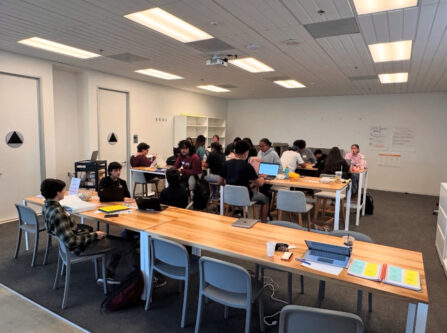
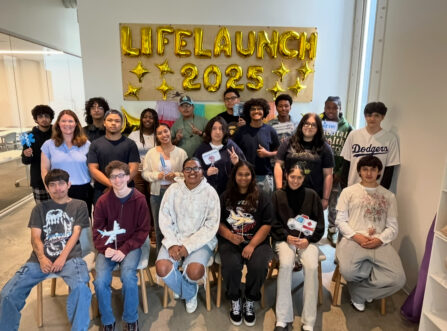
Student Health and Wellness
Ensuring the physical and emotional well-being of every student is a core priority. Through a robust network of student services and mental health resources, we offer counseling, mental health partnerships, McKinney-Vento supports, attendance and engagement initiatives, and inclusive practices, including comprehensive special education services, to meet the diverse needs of our students and families. Our team works closely with school-based clinicians and community partners to provide coordinated care and to connect students with caring adults and meaningful resources. By centering equity and uplifting student voice, we foster environments where young people feel safe, heard, and empowered to thrive academically and personally.
Attendance Tracking and Interventions
Consistent attendance is a critical driver of student success. We monitor attendance closely, respond quickly, and provide tailored guidance, interventions, and resources to meet the unique needs of each student and family—whether learning on campus or off-site. This year, a particular focus is on seniors, whose attendance rates have fallen below target ADA averages at their respective school sites. Targeted outreach and engagement strategies are being implemented to ensure graduating students remain connected to meaningful learning. At the state level, new attendance-recovery and short-term independent study options are being introduced in California, offering additional tools for schools to help students regain lost instructional time and sustain ADA.
Extracurricular Growth & Community Partnerships
We are expanding opportunities for students through Wiseburn Da Vinci Athletics, WDV Performing Arts, and partnerships with the Da Vinci Schools Fund, Wiseburn USD, and the Wiseburn Education Foundation. Highlights include Summer in Wiseburn camps, WUSD Family Math Nights, community volunteer engagement, and joint Da Vinci + Wiseburn USD conversations to define the skills and experiences we want for our students—our Profile of a Learner, part of a growing national movement to prepare students with the competencies they need for college, career, and life.
We’re also excited to announce that Community Learning Days (CLDs) will continue in 2025–26, building on the success of last year’s launch. CLDs create opportunities for students across all Da Vinci high schools to come together while offering choice and flexibility in how and where learning takes place.
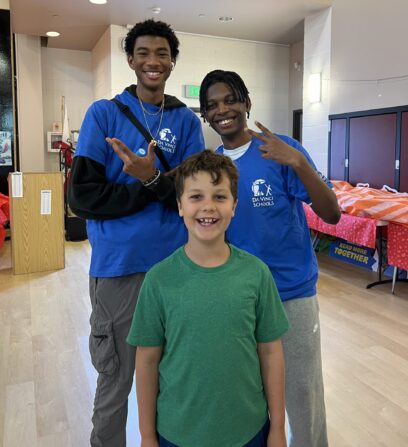
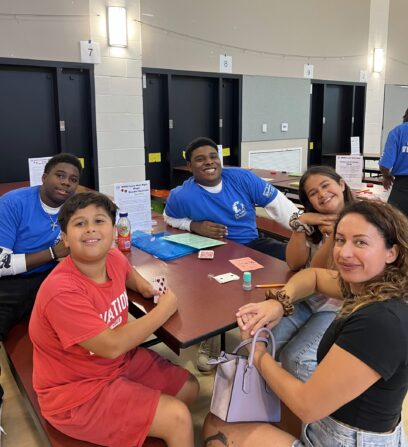
AI & Innovation in Learning
Da Vinci is actively exploring how AI can enhance teaching, learning, and student engagement. As AI literacy becomes an essential skill, students are gaining hands-on experience through projects such as 9th Grade Computer Science chatbots—preparing them for the future of work and higher education. At the same time, teachers and staff are leveraging AI tools to support student projects, streamline daily tasks, and elevate the quality of learning outcomes. This work is being led by former Da Vincians, Russell Stoll and Tim Regalado, who are partnering with PlayLab to support teacher professional development and innovation in the AI space.
🌟 Classroom Spotlight: AI in 9th Grade CS
Andy Galbraith’s 9th grade Computer Science students at Da Vinci Communications are building programming skills and AI literacy with innovative tools this semester.
Working with Dr. Christyna Serrano from PlayLab, students created their own AI chatbots, exploring the engineering process through hands-on bot development. These bots can be programmed with natural language and trained on resources like .docx, .pdf, or web pages.
Students also are leveraging a PlayLab helper bot to support coding as they build webpages in HTML, CSS, and JavaScript via CodeSandbox, and create portfolios in Google Sites. This AI assistance helps students understand new concepts, troubleshoot code, and develop programming skills in a supportive, hands-on learning environment.
By focusing on these initiatives, Da Vinci Schools is cultivating a supportive, innovative, and college-and-career-ready environment for every student in 2025–26.
